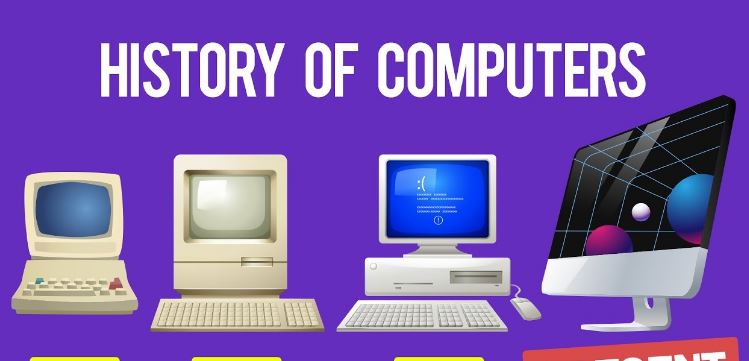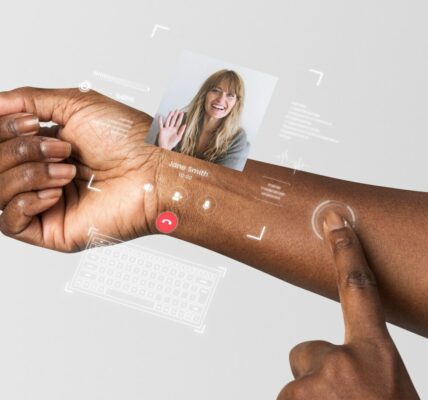Desktop computers have come a long way since their inception. The evolution of desktop computers has seen significant advancements in technology, design, and functionality. From early machines that took up entire rooms to sleek, powerful devices that fit on a desk, the history of desktop computers showcases the rapid progress of computing technology. In this article, we’ll take a brief look at the key milestones in the evolution of desktop computers.
1. The Birth of the Personal Computer: In the early 1970s, the era of personal computing began with the release of the Altair 8800, widely regarded as the first personal computer. This led to the development of early desktop computers like the Apple I and the Commodore PET, which featured basic text-based interfaces and limited processing power.
2. The Rise of IBM: In the early 1980s, IBM released the IBM PC, which became a game-changer in the personal computing market. The IBM PC set the industry standard for hardware and software compatibility, paving the way for the widespread adoption of desktop computers in homes, businesses, and educational institutions.
3. Graphical User Interface (GUI): In the mid-1980s, computers started transitioning from text-based interfaces to graphical user interfaces (GUIs). Apple’s Macintosh was one of the first commercially successful computers to feature a GUI, introducing the concept of icons, windows, and a mouse for navigation.
4. Multimedia Capabilities: As computer technology advanced, desktop computers began to incorporate multimedia capabilities. The introduction of sound cards, CD-ROM drives, and powerful graphics cards allowed users to enjoy an immersive multimedia experience right from their desktops.
5. Compact Design: In the 1990s, desktop computers started becoming more compact and user-friendly. Companies like Compaq and Gateway popularized “all-in-one” designs, where the computer components were integrated into the monitor, saving space and reducing cable clutter.
6. Internet Connectivity: With the boom of the internet in the 1990s, desktop computers started offering built-in modems and network connectivity. This allowed users to browse the web, send emails, and access online services right from their desks.
7. Performance Enhancements: The turn of the millennium saw tremendous advancements in computer processing power and memory capacity. Desktop computers became faster, more efficient, and capable of handling resource-intensive tasks like gaming, video editing, and 3D rendering.
8. Wireless Technology: In the 2000s, desktop computers began integrating wireless technologies like Wi-Fi, eliminating the need for physical network connections. This provided users with greater flexibility and convenience in accessing the internet and connecting to other devices.
9. Thin and Light PCs: Desktop computers continued to evolve in terms of design and portability. The introduction of smaller form factors, such as mini PCs and all-in-ones, made desktop computing more accessible and appealing to a wider range of users.
10. Customizability and Upgradability: Today, desktop computers offer a high level of customizability and upgradability. Users can easily swap out components like processors, graphics cards, and memory, allowing them to tailor their systems to their specific needs and keep up with the latest technological advancements.
From the bulky, text-based machines of the past to the sleek and powerful computers of today, the evolution of desktop computers has been remarkable. These devices have revolutionized the way we work, communicate, and entertain ourselves. As technology continues to advance, it will be exciting to see what the future holds for desktop computers and the possibilities they offer.





